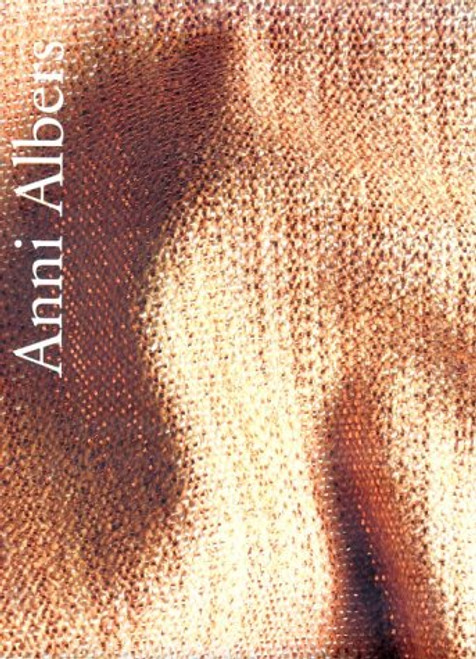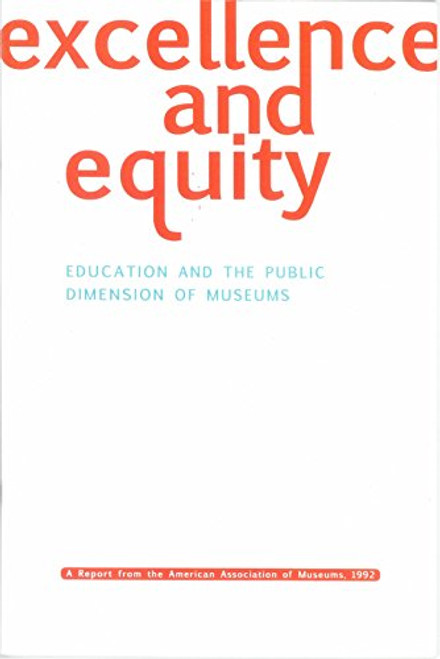Product Overview
Excerpt from New Images of Man
Again in this generation a number Of painters and sculptors, courageously aware of a time of dre found articulate expression for the wounds of existence. This voice may dance and yell like a madman (jean Dubuffet), like the drunken, ute-playing maenads of Phrygia.
The revelations and complexities of mid-twentieth-century life have called forth a profound feeling of solitude and anxiety. The imagery of man which has evolved from this reveals sometimes a new dignity, sometimes despair, but always the uniqueness of man as he confronts his fate. Like Kierkegaard, Heidegger, Camus, these artists are aware. Of anguish and dread, of life in which man - precarious and vulnerable - confronts the precipice, is aware of dying as well as living.
Their response is often deeply human without making use of recognizable human imagery. It is found, for instance, in Mark Rothko's expansive ominous surfaces of silent contemplation, or in Jackson Pollock's wildly intensive act Of vociferous affirmation with its total commitment by the artist. In the case of the painters and sculptors discussed here, however, a new human imagery unique to our century has been evolved.
Like the more abstract artists of the period, these imagists take the human situation, indeed the human predicament rather than formal structure, as their starting point. Existence rather than essence is of the greatest concern to them.
About the Publisher
Forgotten Books publishes hundreds of thousands of rare and classic books. Find more at www.forgottenbooks.com
This book is a reproduction of an important historical work. Forgotten Books uses state-of-the-art technology to digitally reconstruct the work, preserving the original format whilst repairing imperfections present in the aged copy. In rare cases, an imperfection in the original, such as a blemish or missing page, may be replicated in our edition. We do, however, repair the vast majority of imperfections successfully; any imperfections that remain are intentionally left to preserve the state of such historical works.







